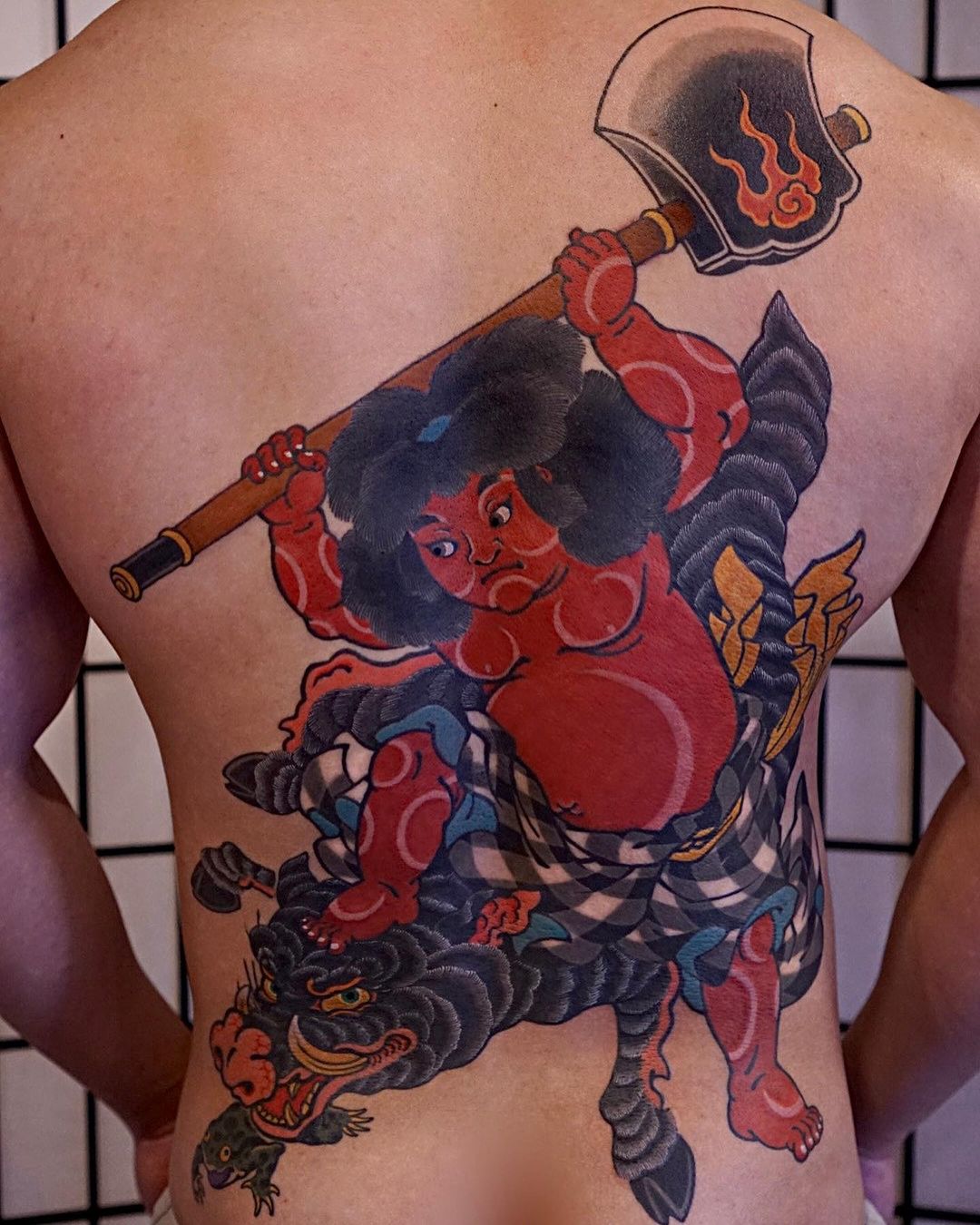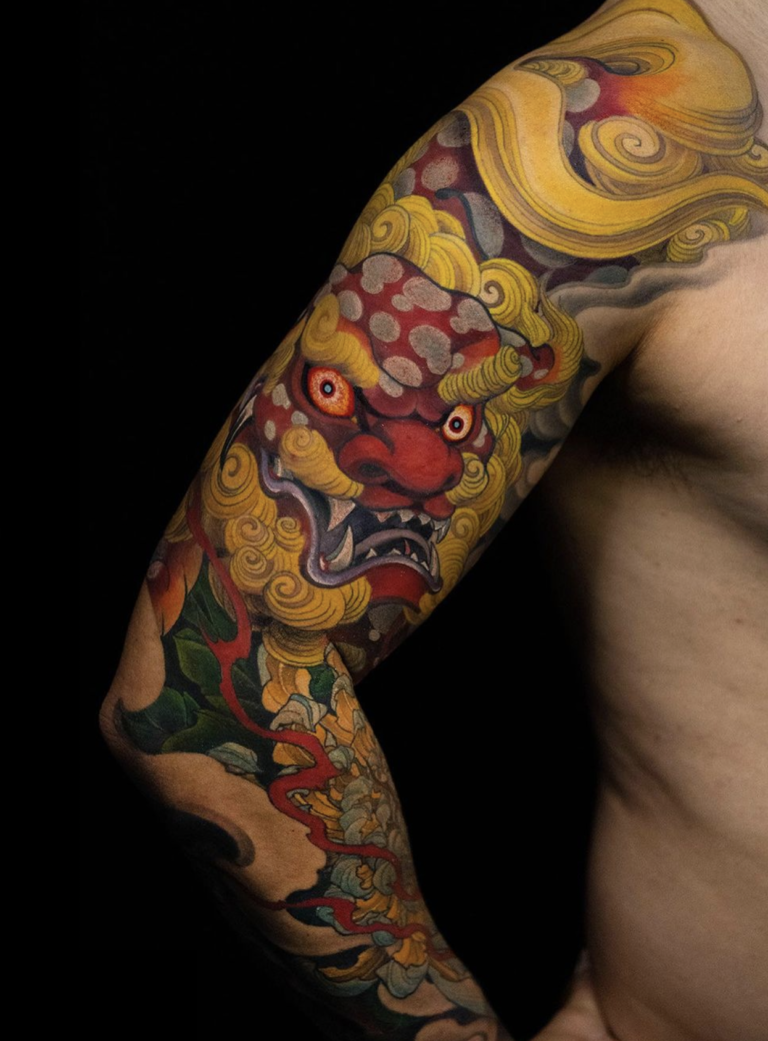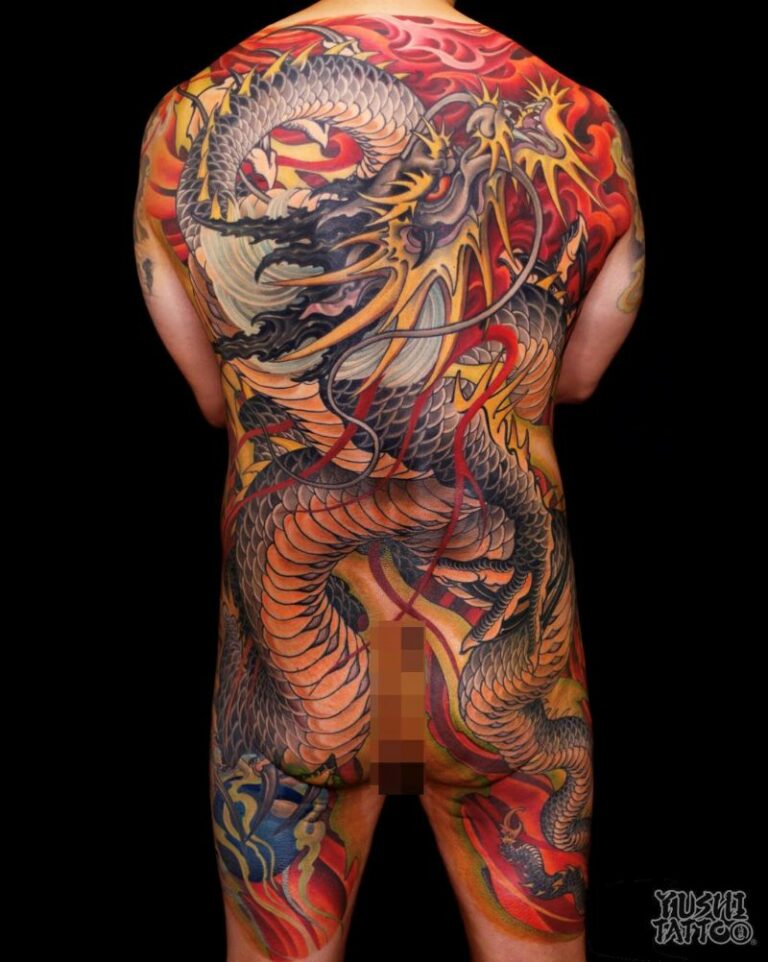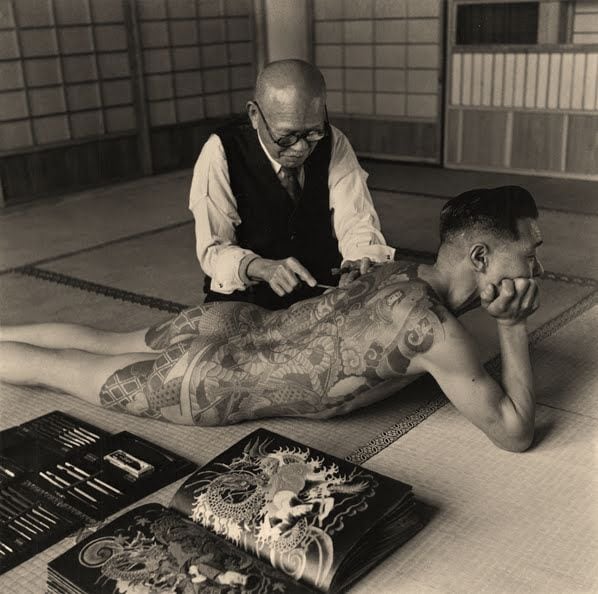
Japanese tattoos, also known as irezumi, have a rich history that dates back centuries. In ancient times, tattoos were primarily used for spiritual and magical purposes, and were believed to have protective powers. However, during the Edo period, tattoos became associated with criminals and outcasts, who were often branded with tattoos as a form of punishment.
Despite this association with criminality, tattoos continued to be popular among certain groups, such as firemen and laborers, who wore them as a form of identification. Some yakuza members (members of Japan’s organized crime syndicates) also began to adopt tattoos as a symbol of their affiliation with the group.
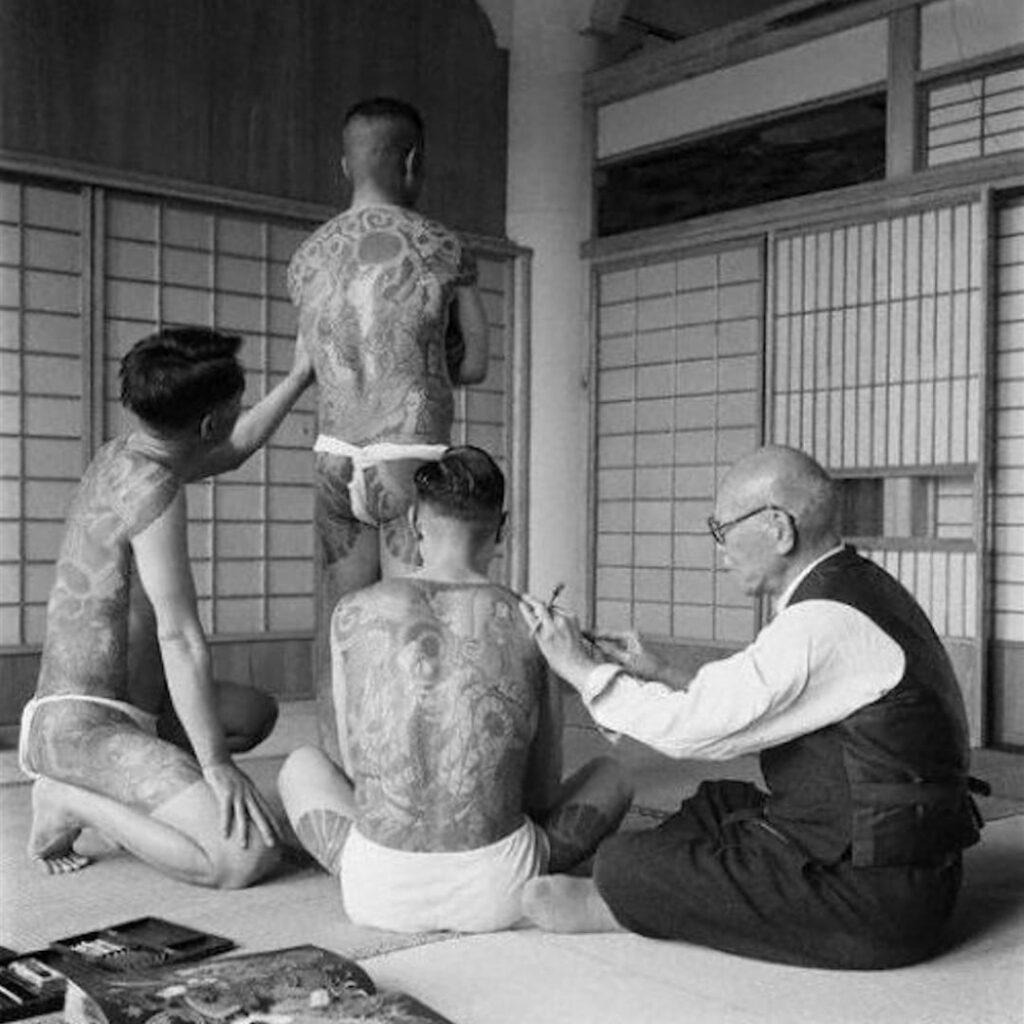
It wasn’t until the Meiji period (1868-1912) that tattoos began to be more widely accepted in Japanese society. During this time, Western influence began to make its way into Japan, and tattoos came to be seen as a barbaric practice that was out of step with modern society.
However, even as tattoos began to fall out of favor with the general public, they continued to be embraced by certain subcultures, such as the yakuza and members of the working class. Tattoos also became popular among samurai warriors, who would often adorn their bodies with intricate designs.
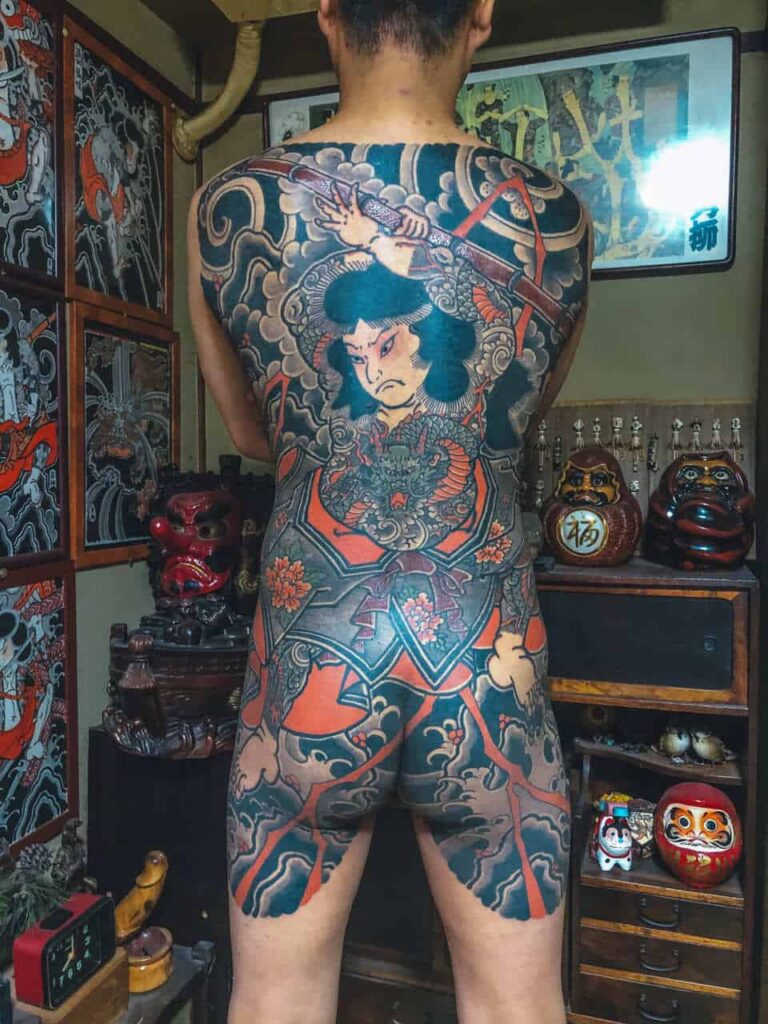
Today, Japanese tattoos are highly prized for their beauty and symbolism, and many people around the world choose to get irezumi as a way to express their admiration for Japanese culture. Traditional Japanese tattoos often feature motifs such as dragons, koi fish, and cherry blossoms, and are typically created using a hand-held needle called a tebori.
While Japanese tattoos have come a long way since their association with criminality and outcasts, they continue to hold a special place in Japanese culture, and are a testament to the country’s rich artistic heritage.
